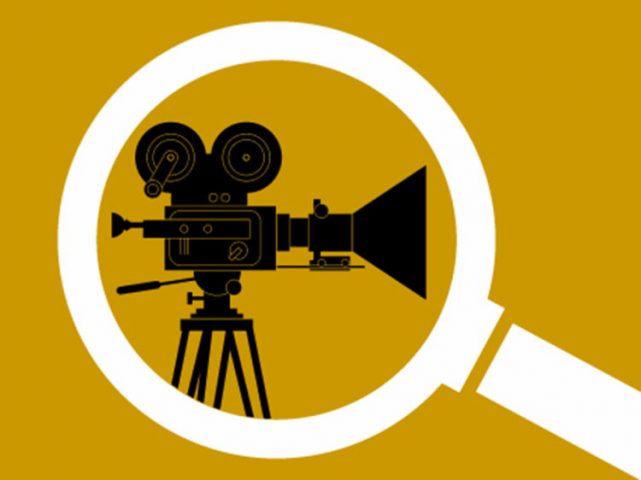Film Analysis through the Social Lens

South Korea has strengthened its international image and its political and economic ties by promoting and exporting its cultural products and creating a distinctive Korean nation brand. These heavily promoted cultural exports have become instrumental to how the world perceives and relates to it as a country.
But how do these cultural products such as films reflect the social discourses of their country of origin and who are the relevant actors who influence them? Has the transnationalisation of Korean films led to changes or to a diversification in the depiction of certain topics?
Analysing the portrayals of women in South Korean cinema offers unique insight into the mechanisms that influence movies and their content because the role of women in SK society and their depiction in cinema has always been a matter of social, political, and cultural contention.
This analysis will allow for a critical understanding not only of the mechanisms that shape Korea as a society and a cultural entity but will also offer new insights into the actors that influence SK’s international image through the prism of its films.
To this end, my research will be primarily based on the method of film analysis as defined by social and cultural scientists like Tudor, Denzin, Sutherland, Feltey, and Head.
This method originates in film studies and has been adapted by the social sciences to become an innovative tool for measuring social norms, values, and beliefs. It is rooted in the theoretical assumption that films or TV series reflect social constructs, which are framed by the norms, values, and beliefs of a specific group, culture, or society.
Films and TV series depend on recognizable constructs to deliver their message because without a successful audience reception they cease to be produced. By identifying patterns and characteristics in films or TV series, one can identify how a group culture or society defines and frames a construct.
The research on this topic contains two major parts: the development of a comprehensive methodological framework of film analysis, as no such comprehensive methodology exists at the moment due to the novelty of its use in social sciences, and the application of that framework to the research questions.
As mentioned above, the first part of the research entails creating a comprehensive methodological framework for film analysis. The first step is joining together all the relevant theories that attest to the capacity of film or television series to reflect social constructs, and secondly filling in the methodological gap by establishing how information can be extracted, analysed, and interpreted from the visual and textual content of a film and/or television series.
The second part of the research will focus on applying the newly created methodological framework in the context of South Korean society and on answering the research question. The research aims to apply the framework of film analysis on movies produced in the last 30 years.
The application of the developed film analysis method includes firstly identifying social and cultural frames that influence the identity of women in the SK context through the analysis of historical, sociological, cultural, and gender studies sources by authors such as Kendall, Cho, Choi, and Nelson. These frames are: “aborted modernity” (or economic vs. social development rate), the public vs. the domestic sphere, oppositional identities such as motherhood v. womanhood etc., nationalism and militarization. After the analysis of these frames and the following definition of women as a social construct, the frames are then categorized and coded for specific terms and contents that are to be marked and followed on two levels of films: the “directorial style level” and the “screenplay level”.
Finally, the results are reconnected with the context of South Korean society, cultural production, cultural entrepreneurs, and transnationalism and will serve to answer the research questions.


